Address
304 North Cardinal
St. Dorchester Center, MA 02124
Work Hours
Monday to Friday: 7AM - 7PM
Weekend: 10AM - 5PM
Address
304 North Cardinal
St. Dorchester Center, MA 02124
Work Hours
Monday to Friday: 7AM - 7PM
Weekend: 10AM - 5PM

In a world where climate extremes are becoming more prevalent, the kitchen, once a haven of comfort, now faces its own set of challenges. As temperatures swing from scorching highs to bone-chilling lows, the demand for kitchen appliances that can withstand these conditions is on the rise. This shift has spurred a wave of innovation, leading to the development of cold-resistant models that promise to redefine the way we cook and live in extreme climates. Let’s delve into the evolving landscape of kitchen appliances designed to thrive in the harshest of conditions.
The kitchen, once a haven for culinary creations, is now witnessing a revolution that extends beyond the stovetop and oven. As the world faces increasingly diverse and challenging climates, the rise of extreme climate appliances has emerged as a new trend in kitchen technology. These appliances are designed not just to endure, but to thrive in the most rigorous conditions, from the scorching heat of a desert kitchen to the bone-chilling cold of an arctic abode.
In regions where temperatures plummet to -30°C and below, traditional kitchen appliances face a formidable challenge. However, the industry is responding with innovation, creating models that promise to maintain their performance and reliability in some of the harshest environments on Earth. This shift is not just about meeting a specific need; it’s about adapting to a changing world where extreme weather events are becoming more frequent and intense.
The demand for appliances that can withstand such low temperatures has been driven by several factors. For one, there’s a growing population living in cold-weather climates, where traditional appliances struggle to keep up. Secondly, the rise of vacation homes in remote, extreme locations has created a niche market for durable and resilient kitchen tech. And finally, there’s an increasing awareness of the importance of energy efficiency, which is just as crucial in a cold climate as it is in a warm one.
The introduction of the -30°C cold resistant model is a testament to the industry’s commitment to pushing the boundaries of what’s possible. This isn’t just a kitchen appliance; it’s a marvel of modern engineering. It boasts an advanced insulation system that prevents frost and ice buildup, ensuring that the appliance operates efficiently even in sub-zero temperatures. The materials used are not only resistant to extreme cold but also durable, capable of enduring the rigors of a harsh climate.
One of the standout features of the -30°C cold resistant model is its innovative heating element. Unlike traditional models that struggle to maintain a consistent temperature in cold environments, this model incorporates a heat-pump system that efficiently extracts heat from the surrounding air, providing a steady and reliable cooking environment. This not only conserves energy but also extends the life of the appliance by reducing wear and tear.
In terms of design, the -30°C cold resistant model is sleek and modern, with a user-friendly interface that makes it easy to navigate even when wearing gloves. The control panel is resistant to frost and the buttons are oversized for ease of use, a thoughtful consideration for those who might be handling the appliance with cold, numb fingers.
The market for extreme climate appliances is growing rapidly. As people continue to seek out unique living experiences, whether in the form of remote cabins, mountain retreats, or polar research stations, the need for specialized kitchen tech becomes more apparent. This demand is being met by a variety of brands, each offering their own take on the -30°C cold resistant model.
From refrigerators that keep food fresh without the risk of freezing to dishwashers that can clean at optimal temperatures despite the cold, the range of products is expanding. This diversification not only caters to specific needs but also highlights the versatility of technology in addressing a wide array of challenges.
Consumers are also reaping the benefits of this technological evolution. The -30°C cold resistant model, for example, offers peace of mind to those who live in extreme climates. No longer do they have to worry about their kitchen appliances failing when the mercury drops. Instead, they can enjoy the convenience and reliability that modern appliances bring, regardless of the weather outside.
In the broader context, the rise of extreme climate appliances is part of a larger trend towards sustainable and efficient living. By creating products that can function effectively in a variety of environments, manufacturers are not only meeting the immediate needs of consumers but also contributing to a more resilient and adaptable society.
As the world continues to experience more extreme weather events, the role of technology in adapting to these changes will only grow more significant. The -30°C cold resistant model, and its ilk, are at the forefront of this movement, proving that innovation can turn even the most challenging environments into comfortable, functional spaces.

In a world where climate change is pushing temperatures to new extremes, the kitchen—a space traditionally sheltered from such harsh conditions—finds itself facing a new challenge: the -30°C threshold. This extreme cold presents a formidable test for the resilience of kitchen appliances, spurring a wave of innovation and evolution in the industry.
Appliances such as refrigerators, dishwashers, and even ovens must now be engineered to withstand temperatures that were once considered the stuff of polar expeditions. The quest for these -30°C cold-resistant models has become a priority, as homeowners in colder climates demand reliable performance regardless of the season.
Refrigerators, once a staple in every home, are now being reimagined to maintain their cool in the chilliest of environments. Traditional refrigeration systems, designed for moderate temperatures, struggle to maintain the same efficiency at -30°C. Engineers have had to develop advanced insulation techniques and new cooling technologies to preserve food freshness and prevent frost buildup.
Dishwashers, too, face a unique set of challenges. Water that’s too cold can freeze in the pipes, causing blockages and reducing the appliance’s effectiveness. Manufacturers are now integrating anti-freeze systems and improved pump mechanisms to ensure consistent cleaning performance even in sub-zero temperatures.
Ovens, typically seen as heat sources, are also being adapted to the cold. The materials used in their construction must not only withstand the cold but also maintain structural integrity. Specialized coatings and materials that can expand and contract with the temperature fluctuations are now being employed to prevent cracking and warping.
The evolution of these appliances isn’t just about the materials and technologies used; it’s also about the overall design philosophy. Modern appliances are being built with modular components, allowing for easier repair and replacement in the event of damage. This not only extends the lifespan of the appliance but also ensures that it can be quickly brought back to peak performance, no matter the cold.
Another significant development is the integration of smart technology. Appliances with built-in sensors can detect temperature fluctuations and adjust their operation accordingly. This not only improves efficiency but also provides homeowners with real-time data on their appliance’s performance, allowing for proactive maintenance and energy savings.
The demand for -30°C cold-resistant appliances is not just driven by homeowners in extreme climates. Commercial kitchens, such as those in restaurants and cafes, are also feeling the pressure to keep their operations running smoothly in the face of colder temperatures. This has led to a surge in the development of commercial-grade appliances that can handle the rigors of harsh winters.
The industry is also responding to the environmental impact of extreme appliances. New refrigerants and insulation materials are being researched and developed to reduce the carbon footprint and energy consumption of these appliances. As the market grows, we can expect to see more sustainable options becoming available.
In conclusion, the challenge of -30°C is pushing the boundaries of what’s possible in kitchen appliance design. From advanced insulation to smart technology, every aspect of these appliances is being rethought to ensure they can perform in the most extreme conditions. As the climate continues to change, the evolution of kitchen appliances will undoubtedly continue, bringing with it a new era of resilience and efficiency for homes around the world.
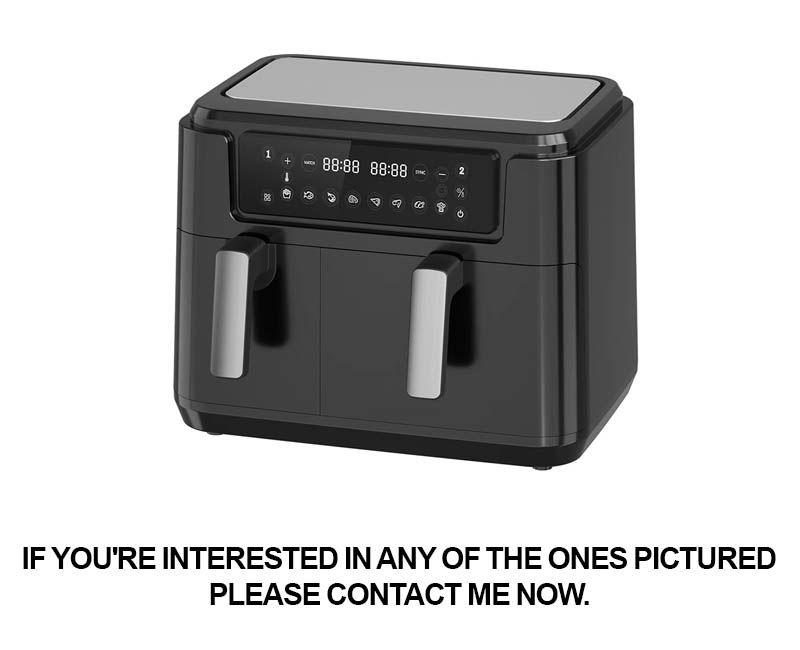
In the heart of the kitchen revolution, a groundbreaking appliance has emerged, designed to thrive in the most unforgiving environments. Meet the -30°C Cold Resistant Model, a game-changer for those who live in extreme conditions. This marvel of modern engineering isn’t just another kitchen gadget; it’s a testament to the ingenuity and resilience of the appliance industry.
The exterior of the -30°C Cold Resistant Model is a marvel in itself. Crafted from advanced, thermally insulated materials, it boasts a sleek, frost-resistant design that can withstand temperatures plummeting to -30°C. The body is encased in a durable, weatherproof shell that not only looks modern but also ensures the appliance remains functional and reliable even in the coldest of climates.
Inside, the innovation continues. The internal components are designed to maintain optimal performance in subzero temperatures. Specialized heating elements are integrated into the design, preventing frost and ice buildup that could otherwise damage the appliance or affect its functionality. This means your refrigerator will keep your food fresh, your oven will bake with precision, and your dishwasher will clean your dishes without a hitch, all in temperatures that would send other appliances into shutdown mode.
One of the standout features of the -30°C Cold Resistant Model is its intelligent control system. The unit is equipped with a state-of-the-art thermostat that constantly monitors the ambient temperature and adjusts the appliance’s settings accordingly. This smart technology ensures that the appliance operates efficiently, saving energy and maintaining a consistent performance regardless of the external cold.
Durability is paramount in such a model, and the -30°C Cold Resistant Model does not disappoint. The hinges are reinforced with high-torque mechanisms, capable of withstanding the rigors of opening and closing doors in extreme cold. The handles are ergonomically designed and made from materials that won’t freeze or become brittle, ensuring a safe and easy grip.
Safety is also a top priority. The model is fitted with multiple layers of insulation to prevent any frost or condensation from reaching the interior. This not only protects the appliance but also the user, eliminating the risk of frostbite or hypothermia from prolonged exposure to the cold. Additionally, the appliance is equipped with an automatic shut-off feature that activates if it detects a temperature that could be hazardous to operation or user safety.
The -30°C Cold Resistant Model is also designed with the environment in mind. Despite its robust construction, it consumes minimal energy, thanks to its high-efficiency heating elements and smart energy management system. This means it’s not only a reliable appliance in extreme conditions but also an eco-friendly one, reducing the carbon footprint of its users.
For those who rely on their kitchen appliances to function year-round, the -30°C Cold Resistant Model is a godsend. Whether you live in a remote cabin in the mountains, an igloo in the Arctic, or simply need a reliable appliance for your winter retreat, this model offers unparalleled performance and peace of mind.
The integration of cutting-edge materials and technology has allowed the appliance industry to push the boundaries of what’s possible. The -30°C Cold Resistant Model is a prime example of how innovation can transform the way we interact with our kitchen tools, making them not just practical but virtually indestructible.
In a world where climate change is altering the landscape of where we live and work, the development of such a model is not just a step forward for the appliance industry—it’s a leap into the future. The -30°C Cold Resistant Model is more than just an appliance; it’s a symbol of human ingenuity and a testament to the idea that no matter how challenging the environment, there’s always a solution waiting to be discovered.
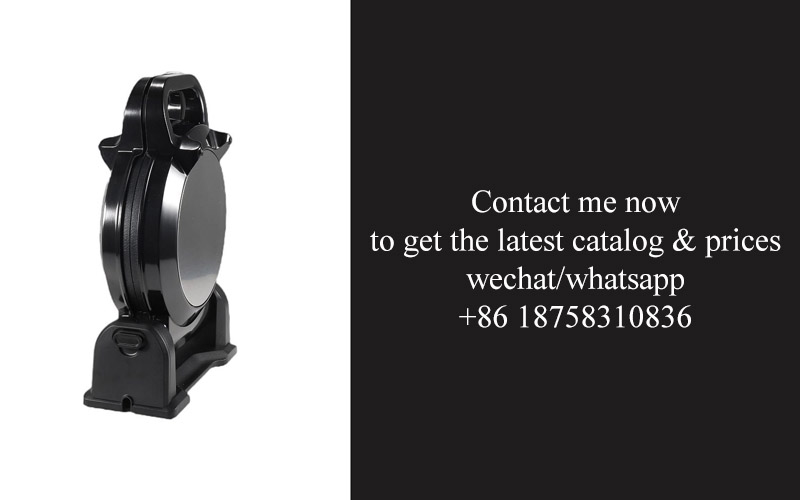
In the realm of kitchen appliances, the introduction of a -30°C cold-resistant model marks a significant leap in technology. This groundbreaking appliance isn’t just another addition to the market; it’s a game-changer designed to withstand the harshest of conditions. Let’s delve into the features and innovations that set this model apart.
The heart of the -30°C cold-resistant model lies in its robust construction. Crafted from high-grade stainless steel, the appliance boasts an outer shell that not only looks sleek but also offers unparalleled durability. This material choice ensures that the appliance can endure extreme temperatures without succumbing to rust or corrosion, making it a reliable companion in frigid environments.
Inside, the insulation is a marvel of modern engineering. The walls are lined with a specialized foam that has been treated to maintain its integrity at sub-zero temperatures. This insulation not only keeps the appliance’s interior warm but also prevents the cold from seeping in, ensuring that the appliance operates efficiently even when the outside world is frozen solid.
One of the standout features is the advanced heating element. Unlike traditional appliances that struggle to maintain temperature in cold settings, this model employs a cutting-edge heating system that rapidly warms up the interior. The element is designed to distribute heat evenly, eliminating cold spots and ensuring that every dish is cooked to perfection, regardless of the external climate.
The controls are intuitive and user-friendly, with a digital display that’s easy to read even in low-light conditions. The model offers a range of programmable settings, allowing users to tailor the cooking process to their specific needs. From slow-cooking to rapid defrosting, the appliance can handle it all, making it a versatile tool for any kitchen, regardless of its climate.
Safety is paramount in this design, and the -30°C cold-resistant model doesn’t skimp on features. It includes an automatic shut-off function that activates if the appliance detects an overheating situation, preventing any potential fire hazards. Additionally, the appliance is equipped with a child lock, ensuring that curious hands can’t tamper with the settings when it’s not in use.
The innovation doesn’t stop at the physical design. The -30°C cold-resistant model is also smart, with Wi-Fi capabilities that allow it to be controlled remotely via a smartphone app. Users can monitor and adjust the appliance’s settings from anywhere, a feature particularly useful for those who need to defrost food or start a cooking process before arriving home.
Energy efficiency is another key aspect of this model. Despite its powerful heating capabilities, the appliance is designed to consume minimal energy, ensuring that it won’t drive up utility bills. The smart technology within the appliance optimizes energy use, learning from the user’s habits and adjusting the heating cycles accordingly.
The interior of the -30°C cold-resistant model is equally impressive. It features a large, easy-to-clean cavity that can accommodate a variety of dishes and ingredients. The shelves are adjustable, allowing for customization based on the size of the items being stored or cooked. The interior lighting is bright and clear, making it easy to see what’s inside, even in the darkest of kitchens.
The handles and door hinges are also designed with durability in mind. They are made from materials that won’t freeze or become stiff in cold conditions, ensuring that the appliance remains accessible and easy to use at all times.
In terms of innovation, the -30°C cold-resistant model doesn’t just offer a new way to cook and store food; it also incorporates a range of health-conscious features. The appliance is designed to minimize energy consumption, which in turn reduces the carbon footprint. It also uses non-toxic materials and coatings, ensuring that the food prepared in it is safe and free from harmful substances.
The model’s design is not just functional; it’s also aesthetically pleasing. The sleek lines and modern finish make it a stylish addition to any kitchen, blending in seamlessly with contemporary decor. The -30°C cold-resistant model is a statement piece that not only performs exceptionally well but also looks the part.
In conclusion, the features and innovations of the -30°C cold-resistant model are what truly set it apart. From its durable construction and advanced heating technology to its smart features and health-conscious design, this appliance is a testament to what can be achieved when engineering meets the demands of extreme conditions. It’s not just an appliance; it’s a game-changer for those who live in or travel to places where the cold is a constant challenge.
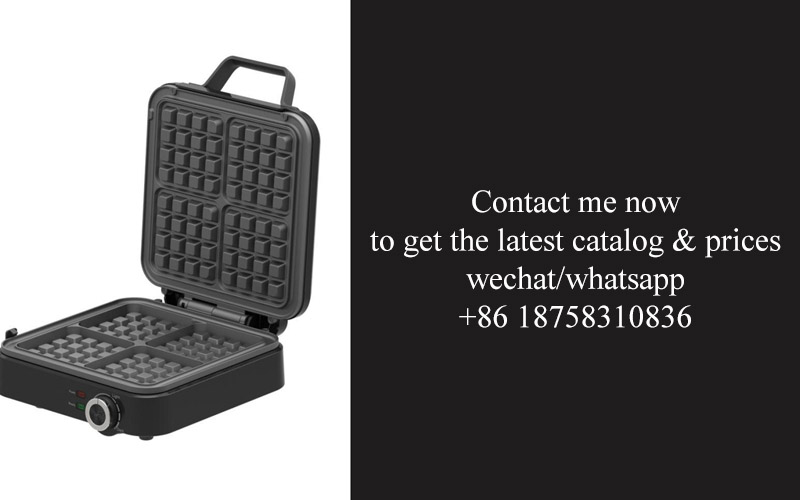
The demand for extreme climate appliances has been on the rise, driven by a combination of changing consumer preferences and the realities of climate change. Here’s a deeper look into this burgeoning market.
Consumers are increasingly seeking appliances that can withstand not just the heat but also the cold extremes. In regions where temperatures plummet well below freezing, the need for kitchen appliances that can operate reliably at -30°C and below is paramount.
The expansion of cold climate regions is a significant factor. With global warming altering weather patterns, areas that were once considered temperate are now experiencing harsher winters. This shift has necessitated the development and adoption of appliances specifically designed for such conditions.
Energy efficiency is a key driver in this market. As consumers become more environmentally conscious and energy costs rise, the appeal of appliances that can operate effectively in extreme temperatures without compromising on efficiency is undeniable. These appliances often feature advanced insulation and smart technology to optimize energy use.
The demand for durability is also on the rise. In extreme climates, appliances must be built to last, with robust materials and construction that can withstand the rigors of cold, moisture, and potential freeze-thaw cycles.
Innovation is at the heart of the extreme climate appliance market. Manufacturers are pushing the boundaries of what’s possible, introducing materials and technologies that were once reserved for specialized industrial applications into residential kitchens.
The market for cold-resistant appliances is not limited to a single geographic area. Countries like Canada, Russia, and Scandinavian nations have been at the forefront, but the trend is spreading globally. This expansion is fueled by the migration of people seeking warmer climates and the need for these appliances in newly developed areas where cold weather is a reality.
Retailers are adapting to meet this demand, offering a wider selection of cold-resistant models. Online marketplaces are particularly well-suited for this trend, as they can reach consumers across the globe with a variety of options.
Consumer awareness is growing alongside the market. Educational campaigns and product reviews highlight the importance of choosing appliances that can handle extreme temperatures, ensuring that buyers are well-informed when making their purchases.
Government incentives and building codes are also playing a role in the market’s growth. In some regions, there are subsidies for energy-efficient appliances, and building codes now often require homes to be equipped with cold-resistant kitchen appliances.
The demand for extreme climate appliances is also influenced by the trend towards smart homes. As appliances become more integrated with home automation systems, the ability to monitor and control them remotely is a significant selling point, especially for those living in remote or harsh climates.
The market analysis of extreme climate appliances reveals a dynamic and growing sector. It’s a testament to the evolving needs of consumers and the adaptability of the appliance industry. As climate change continues to shape our world, the demand for appliances that can operate in extreme conditions is likely to remain strong, driving innovation and market expansion.
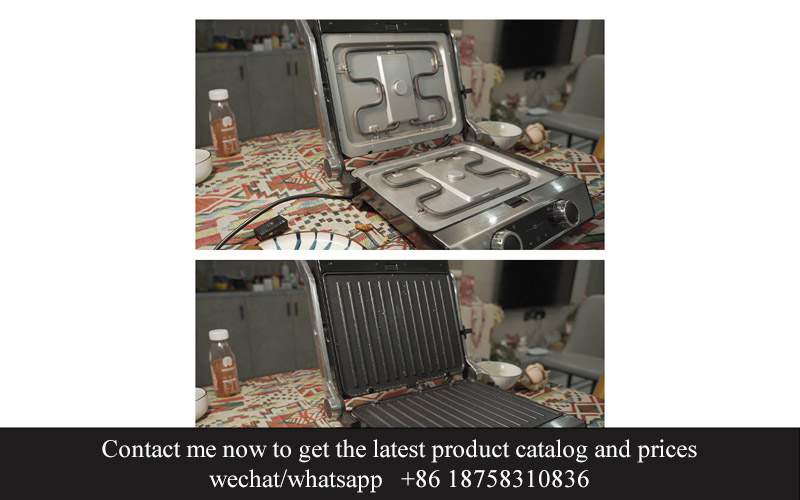
In a world where climate extremes are becoming more pronounced, the introduction of appliances that can withstand temperatures as low as -30°C is not just a novelty; it’s a necessity. The -30°C cold-resistant model isn’t just another kitchen gadget; it’s a beacon of innovation and practicality. Here’s why it matters to consumers:
Appliances designed for extreme cold are not just for the polar regions or mountain retreats. They’re for anyone who lives in areas where temperatures plummet, and traditional appliances can’t keep up. Imagine a home in the northern reaches of the United States or Canada, where the mercury dips well below freezing. A standard refrigerator, freezer, or even a microwave, might not perform as expected.
This model’s ability to maintain peak performance in sub-zero conditions is a game-changer. The cold-resistant components are crafted with advanced materials that don’t succumb to the rigors of extreme cold. The insulation is upgraded to prevent frost buildup, ensuring that your food stays fresh and your appliances continue to function without interruption.
One of the most significant benefits is the peace of mind it offers. Consumers no longer have to worry about their appliances failing during the coldest months. This means less downtime, fewer service calls, and a more reliable kitchen experience. For those who live in areas with harsh winters, the -30°C model is an investment in convenience and reliability.
The energy efficiency of the -30°C model is another attractive feature. It’s not just about withstanding the cold; it’s about doing so efficiently. These appliances are designed to use less energy, which is crucial for both environmental and economic reasons. In regions where electricity is expensive or scarce, the energy-saving capabilities of this model can lead to significant savings over time.
For those who enjoy cooking, the -30°C model opens up a world of possibilities. Imagine a chef in a remote cabin, able to use their appliances without concern for the outside temperature. The consistency and performance of the appliances mean that recipes can be followed to the letter, even in the dead of winter.
The durability of the -30°C model is also noteworthy. It’s not just about surviving the cold; it’s about lasting through the years. The construction is reinforced to handle not just the cold but also the potential for harsh weather conditions, such as snow and ice. This means that the appliance is less likely to break down, reducing the need for frequent replacements.
In terms of health, the -30°C model is a winner. It maintains the integrity of food, preventing spoilage and the growth of harmful bacteria. This is especially important in cold climates where food storage is critical. With this model, consumers can rest assured that their food is safe and their kitchen is a healthy environment.
The -30°C model also stands out in its versatility. It’s not just for the kitchen; it can be used in other parts of the home, such as a garage or basement, where extreme temperatures can be an issue. This multi-functional aspect makes it a valuable addition to any home, regardless of the climate.
For families with young children, the -30°C model is a safety net. The risk of accidental exposure to cold food or drinks is minimized, ensuring that kids have access to safe and nutritious meals at all times. This feature alone can be a major draw for parents looking to provide a stable and safe environment for their family.
Lastly, the -30°C model is a symbol of modern innovation. It represents the industry’s commitment to pushing boundaries and creating solutions for real-world challenges. As consumers become more aware of the importance of sustainability and resilience, the demand for such appliances is likely to grow.
In conclusion, the -30°C cold-resistant model is more than just an appliance; it’s a lifeline for those living in extreme climates. Its features and benefits address a range of needs, from energy efficiency to food safety, making it an essential purchase for those who want to ensure their kitchen remains a reliable and functional space, no matter how cold it gets outside.

In the relentless pursuit of innovation, the appliance industry has reached a new frontier with the development of -30°C cold-resistant models. These technological marvels are not just a testament to human ingenuity but also a direct response to the evolving needs of consumers living in extreme climates. Here’s a look into how technology is playing a pivotal role in withstanding the harshest temperatures.
The materials used in the construction of these appliances are a cornerstone of their resilience. Advanced alloys and high-grade plastics are chosen for their ability to maintain structural integrity at sub-zero temperatures. These materials are not only robust but also designed to minimize the expansion and contraction that can occur when exposed to extreme cold, thus reducing the risk of damage.
Insulation plays a crucial role in maintaining the internal temperature of these appliances. Specialized foams and double-walled designs are employed to ensure that the cold air is kept out, while the heat generated by the appliance stays inside. This not only preserves the functionality of the appliance but also contributes to energy efficiency, a key concern for consumers in colder regions.
The electronics within these cold-resistant models are also a marvel of modern engineering. Components are designed to operate efficiently in low temperatures, with materials that resist condensation and static buildup. This is particularly important for appliances like refrigerators and freezers, which need to maintain their cooling capabilities without risking damage to their internal systems.
Innovation in motor technology is another key factor. Electric motors used in these appliances are engineered to handle the increased friction and resistance that comes with colder temperatures. They are often equipped with features like thermal protection and improved lubrication systems to prevent overheating and ensure longevity.
The interface of these appliances is often tailored to the user’s needs in extreme conditions. Touchscreens and buttons are designed to be responsive even when gloves are worn, ensuring that users can easily navigate the settings without the risk of frostbite. This user-centric design is a testament to how technology is adapted to enhance the safety and convenience of consumers in challenging climates.
Moreover, the integration of smart features has become a norm in the latest cold-resistant appliances. These features range from remote monitoring and control to predictive maintenance, allowing users to manage their appliances effectively even when they are miles away from home. This level of connectivity ensures that the appliances are always in optimal condition, ready to face the rigors of extreme temperatures.
The role of sensors in these appliances cannot be overstated. High-precision temperature sensors are used to monitor the internal and external conditions, adjusting the appliance’s performance to maintain the desired temperature range. These sensors are also crucial for safety, alerting users to any potential issues that could arise from the appliance’s operation in extreme conditions.
The design of the -30°C cold-resistant models is not just about withstanding cold; it’s also about durability. The appliances are often equipped with reinforced hinges and doors that can withstand the additional pressure from frozen doors and drawers. This attention to detail ensures that the appliance remains functional and reliable for years to come.
The impact of technology on withstanding extreme temperatures extends beyond the appliances themselves. It influences the entire supply chain, from the sourcing of materials to the manufacturing process. Companies are investing in research and development to find sustainable and cost-effective solutions that can be scaled up for mass production.
In conclusion, the role of technology in withstanding extreme temperatures is multifaceted. It involves the use of innovative materials, specialized insulation, advanced electronics, smart interfaces, and robust design. As the world continues to face more extreme weather patterns, the development of appliances that can operate in these conditions is not just a matter of convenience; it’s a necessity. The future of kitchen appliances is one that is built to withstand the test of time and temperature, ensuring that comfort and functionality are within reach, no matter how cold it gets outside.
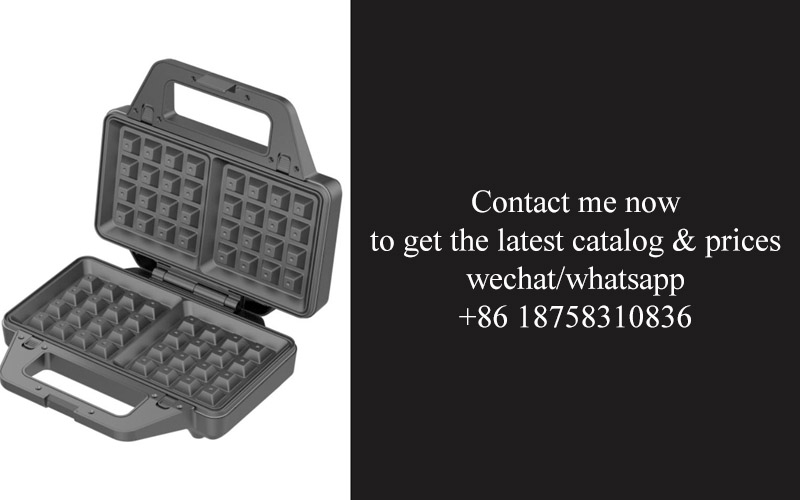
The evolution of cold-resistant kitchen appliances is not just a response to harsh climates; it’s a testament to the relentless pursuit of innovation in the appliance industry. As we delve into the future prospects, several trends and advancements are poised to shape the landscape of cold-resistant kitchen appliances.
Innovation in Insulation MaterialsOne of the most significant developments in cold-resistant appliances is the advancement in insulation materials. Traditional insulation methods often fall short in extreme cold, leading to inefficient performance and increased energy consumption. However, new materials like aerogels and phase-change materials (PCMs) are offering superior insulation properties. These materials can maintain appliance temperatures even in -30°C conditions, ensuring consistent performance and reducing the need for frequent heating.
Smart Control SystemsThe integration of smart technology is another area that’s set to revolutionize cold-resistant appliances. With the rise of the Internet of Things (IoT), appliances can now communicate with each other and adjust their settings based on environmental conditions. This means that a cold-resistant refrigerator, for instance, can automatically adjust its cooling cycle to prevent frost buildup and conserve energy in colder climates.
Energy Efficiency and SustainabilityEnergy efficiency is a critical factor in the design of cold-resistant appliances. As consumers become more environmentally conscious, the demand for appliances that consume less energy is on the rise. Manufacturers are responding by developing appliances that use advanced cooling technologies and regenerative braking systems to recover energy during operation. This not only reduces energy bills but also aligns with global sustainability goals.
Customization and PersonalizationThe future of cold-resistant kitchen appliances may also see a shift towards greater customization and personalization. With the ability to collect data on usage patterns and preferences, appliances could be tailored to individual needs. For example, a refrigerator could learn the preferred temperature settings for different types of food, optimizing energy use while ensuring food freshness.
Adaptability to Diverse ClimatesAs global temperatures fluctuate, the need for appliances that can adapt to a wide range of climates is paramount. Future models are likely to incorporate more flexible design elements that can handle not just extreme cold but also variable weather conditions. This adaptability will be crucial for regions experiencing more frequent and severe winter storms.
Enhanced Durability and ReliabilityIn regions where extreme cold is the norm, appliances must be built to withstand the rigors of such conditions. Future cold-resistant models will likely feature enhanced durability, with materials and construction techniques that can endure prolonged exposure to sub-zero temperatures without compromising performance or lifespan.
Integration with Smart HomesCold-resistant appliances are not just standalone products; they are part of a larger ecosystem. The integration of these appliances with smart home systems will become more seamless, allowing for better energy management and home automation. This could include features like remote monitoring, predictive maintenance, and even predictive energy consumption to prevent power outages during extreme weather events.
Emerging Markets and Global ExpansionThe demand for cold-resistant appliances is not limited to cold climates; it’s a global trend. As emerging markets grow, so does the need for appliances that can handle extreme conditions. This opens up new opportunities for manufacturers to expand their reach and cater to diverse consumer needs worldwide.
In conclusion, the future of cold-resistant kitchen appliances is bright, with a focus on innovation, sustainability, and adaptability. As technology continues to advance, these appliances will not only meet the needs of consumers in extreme climates but also contribute to a more energy-efficient and sustainable future.
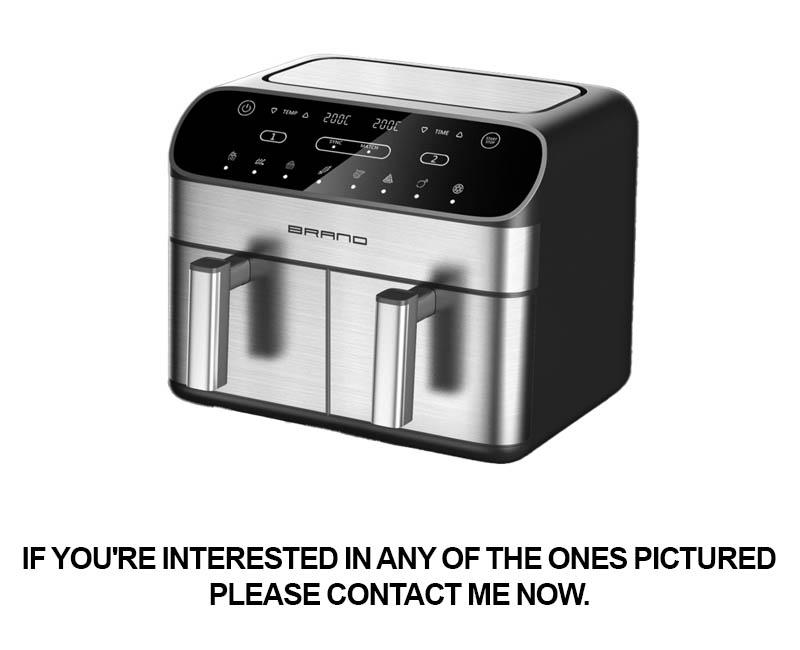
In a world where climate extremes are becoming more pronounced, the future of kitchen appliances is being shaped by a growing need for resilience. These aren’t just your average appliances; they’re designed to withstand the harshest conditions, from freezing temperatures to intense heat. Let’s delve into what this means for the future of cold-resistant kitchen appliances.
The evolution of materials is a cornerstone in the development of these appliances. Traditional metals and plastics are being replaced by advanced composites and high-tech alloys that can maintain their integrity at temperatures as low as -30°C. These materials not only ensure the longevity of the appliances but also their safety, reducing the risk of malfunctions in extreme conditions.
Innovation isn’t just about materials; it’s also about the smart integration of technology. Appliances are now equipped with smart sensors that can detect temperature fluctuations and adjust their performance accordingly. This means that even in the coldest environments, your refrigerator will maintain optimal cooling, and your oven will heat evenly, ensuring that your food is prepared to perfection.
Energy efficiency is another critical factor. Cold-resistant appliances are designed to consume less power, which is not only environmentally friendly but also cost-effective for consumers. With the increasing focus on sustainability, these appliances are not only a technological marvel but also a step towards a greener future.
The market for extreme climate appliances is expanding rapidly. As regions become more prone to extreme weather events, the demand for these specialized products is on the rise. From polar regions to high-altitude cities, consumers are seeking solutions that can withstand the rigors of their unique climates.
One of the most significant benefits of these cold-resistant appliances is the peace of mind they offer. In areas where traditional appliances would fail, these models provide a reliable solution, ensuring that daily life can continue uninterrupted. Whether it’s cooking a meal or keeping perishables fresh, these appliances are becoming essential for those who live in challenging climates.
The integration of connectivity is another area where innovation is flourishing. Appliances can now be linked to smartphones and home automation systems, allowing users to monitor and control them remotely. This level of connectivity not only adds convenience but also enhances the user experience, making these appliances an integral part of modern living.
The role of technology in withstanding extreme temperatures is not just limited to materials and sensors. It also involves the development of new cooling and heating technologies. For instance, some appliances are now using phase-change materials that can absorb and release heat efficiently, maintaining stable temperatures even when the external conditions are fluctuating.
As we look to the future, the possibilities for cold-resistant kitchen appliances are almost limitless. Advances in nanotechnology could lead to the creation of appliances with self-healing surfaces that can repair minor damage caused by freezing temperatures. Quantum computing might one day enable appliances to predict and adapt to extreme weather patterns in real-time.
The future of kitchen appliances in extreme climates is not just about surviving; it’s about thriving. These appliances are becoming more than just tools; they’re becoming companions that adapt to the changing face of our planet. They’re designed to enhance our lives, no matter where we are or what the weather throws at us.
In conclusion, the rise of cold-resistant kitchen appliances is a testament to human ingenuity and the relentless pursuit of comfort and convenience in the face of adversity. As the world continues to warm and weather patterns shift, these appliances will play an increasingly vital role in our daily lives, ensuring that even in the most extreme conditions, we can still enjoy the conveniences of modern living.